It’s a sunny Saturday afternoon as we gather at the Walter Sisulu National Botanical Garden concert lawn stage in Roodepoort. Today, we're here for something special: a walkabout with South African sculptor, Anton Smit, whose exhibition Art Meets Nature has recently been installed here. This is one of three SANBI gardens currently hosting Smit's work, which can also be seen at Pretoria National Botanical Garden and, in Cape Town, at Kirstenbosch National Botanical Garden.
This free photo walk was initiated by Johannesburg in Your Pocket.
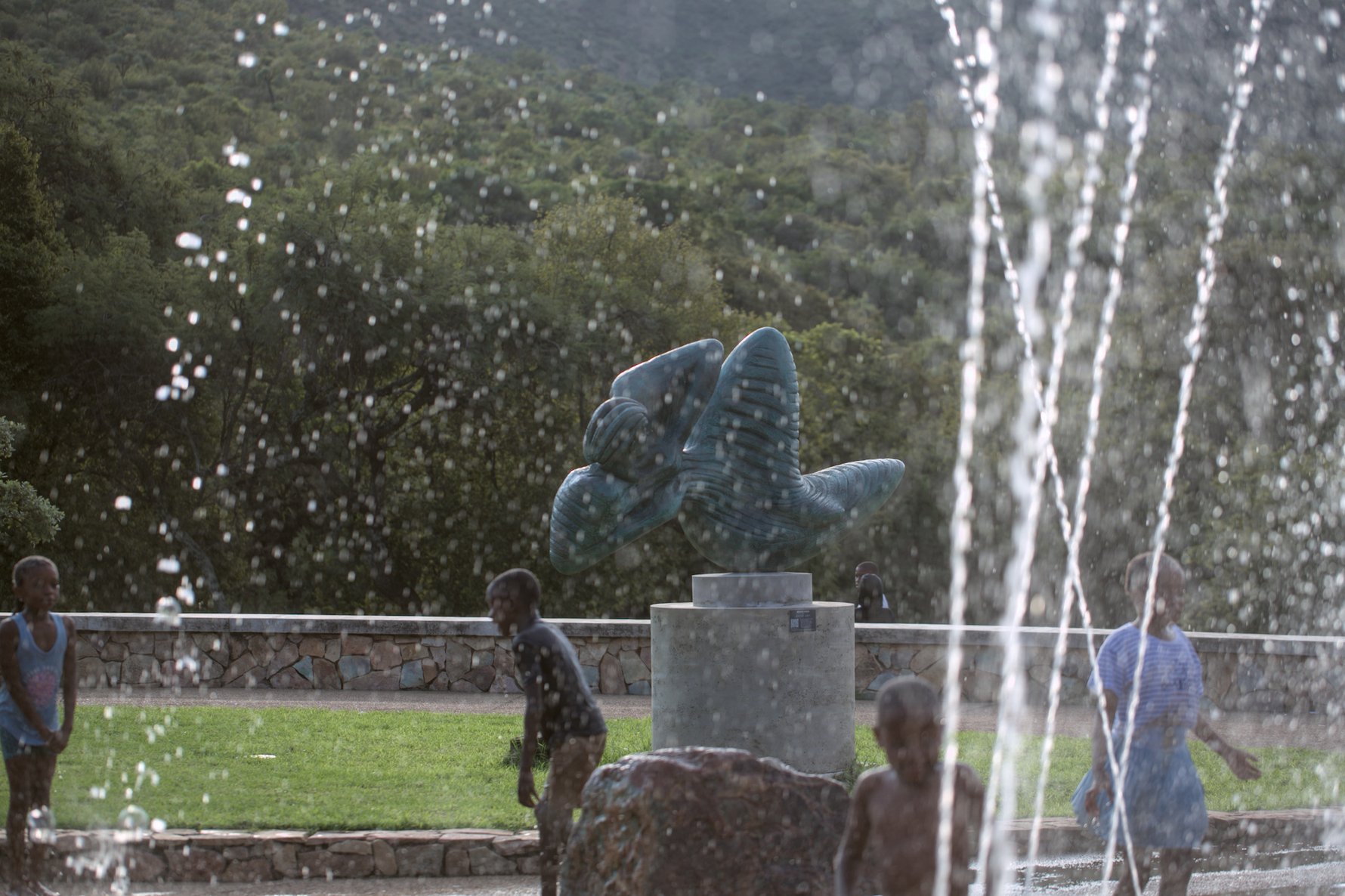
Before we set off exploring, SANBI's director of marketing, communications, and commercialisation Nontsikelolo Mpulo explains how a visit to Smit's sculpture park in Bronkhorstspruit sparked the idea to exhibit his work at SANBI's gardens around South Africa. Mpulo quickly realised that these sculptures would add a wonderful dynamic to the already breathtaking landscapes of SA's national gardens and, conversely, the atmosphere and natural beauty of these parks have proved to be a brilliant backdrop for Smit's work.
Over to Smit to talk about his life's work, he reflected on his journey with the motto: "Do what you love, and you'll never have to work a day in your life." This sums up his 50-year sculpture career. Although Smit briefly had a 'real job', that didn't last long – he's spent most of his life creating sculptures. His passion for his craft was ignited at the age of 16 when he entered and won a sculpture competition. Despite his father, a policeman, initially opposing his career choice, Smit’s creativity flourished. Many of the works he creates today are a labour of love; he prioritises non-comissioned pieces giving him artistic freedom in his work. Smit credited his wife, Roelien Smit, who joined us on the walk, for being a constant source of motivation and support for the past 22 years.
The year 2025 is a big one for the artist. He mentions a project in Taiwan that is underway, as well as projects in dedicated sculpture parks in England and Belgium. There's also talk of the possibility of work in the USA, in the winelands of California.
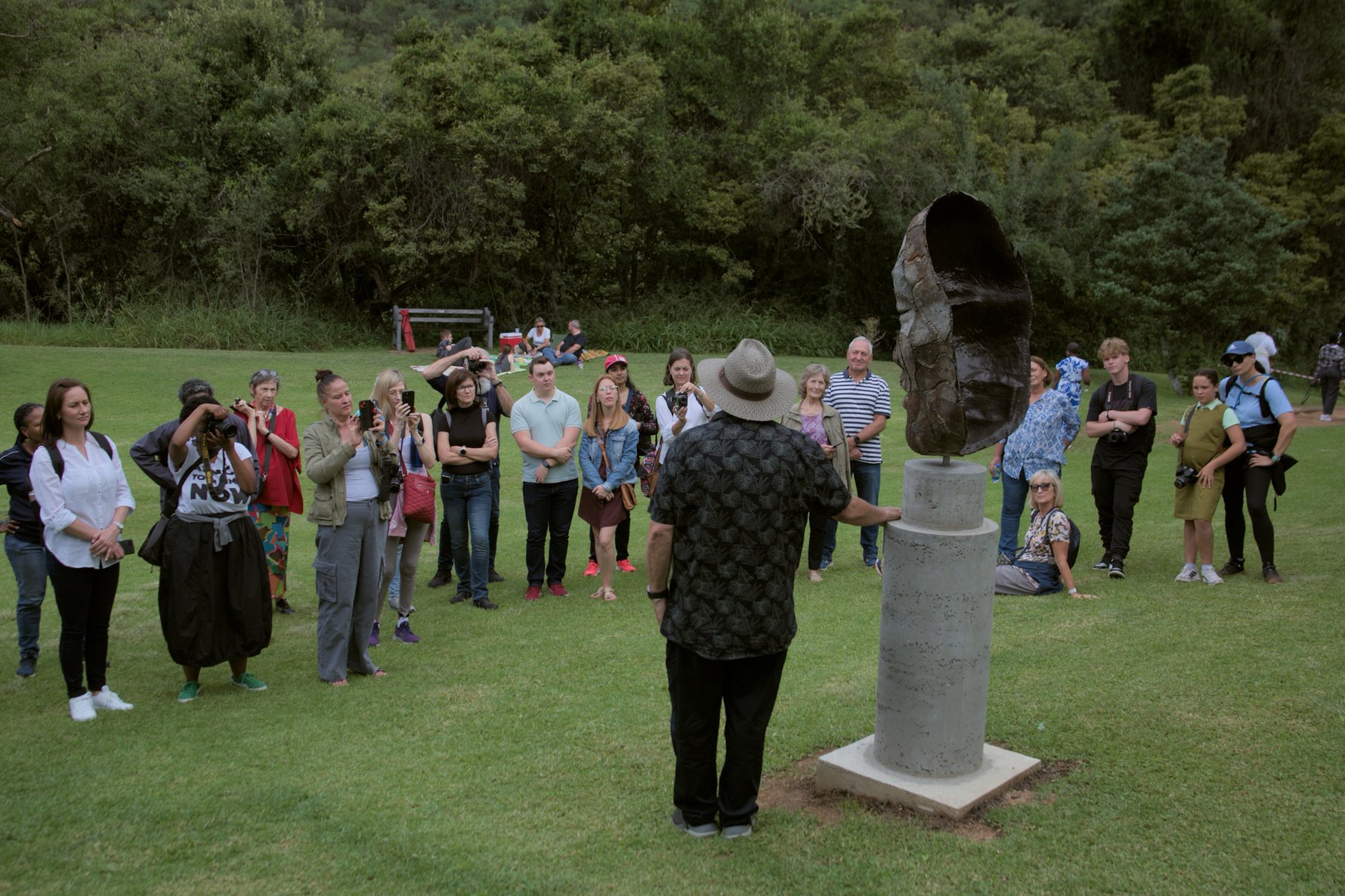
Then, it was onto the tour. Cameras in hand, we started our expedition: hunting down 18 sculptures scattered across the park. Our crew of 24 was a lively bunch, packed with art lovers and members of the Joburg Photowalkers including long-time friend of JIYP, photographer Mark Straw. Keep scrolling for the day in photos, and a few fun facts about the works we saw.
Anton Smit's Art Meets Nature exhibition at Walter Sisulu National Botanical Gardens
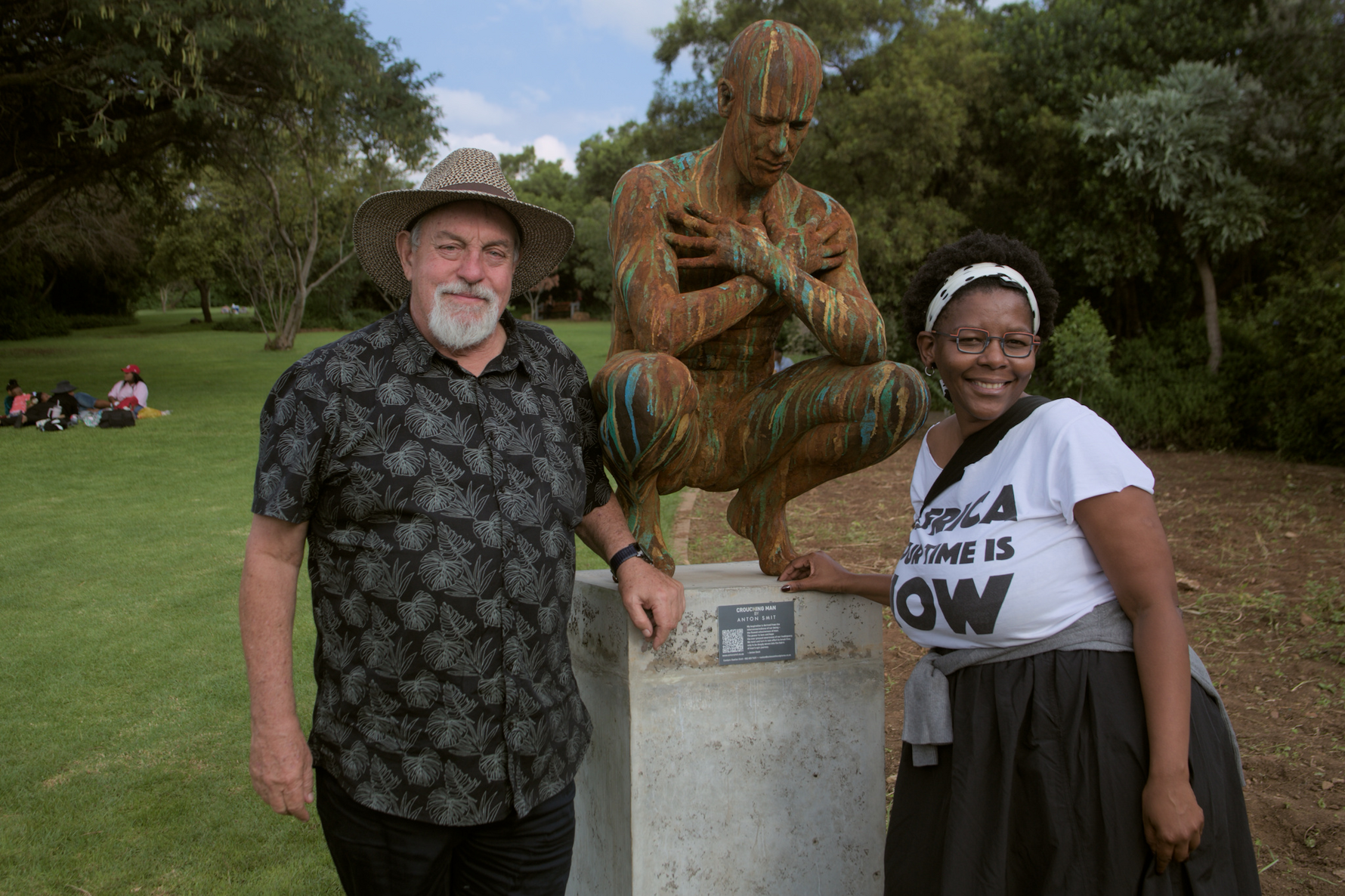
Smit's sculpture The Crouching Man was inspired by a male model, an underwater hockey player, who posed in various ways. One of the five sculptures created from his poses shows the model crouching down in a relaxed position, which the artist decided to capture at that moment.
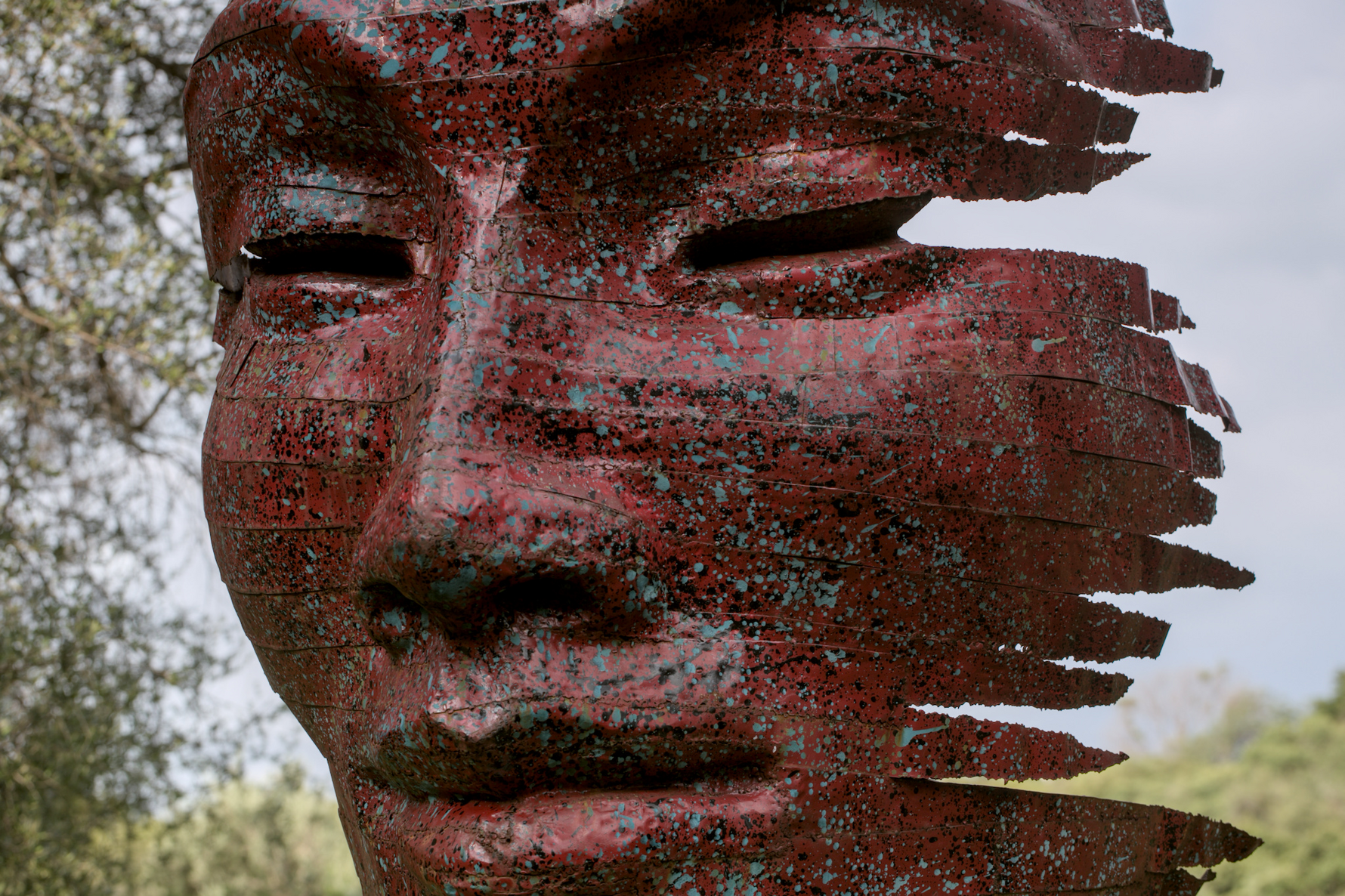
Agape is inspired by the concept of the highest form of love: God's love for humans and vice versa. The artist created the piece by recycling resin drums, cutting them into shards, and assembling them into a sculpture. The sculpture was then painted with 2K car paint, which lasts much longer than regular spray paint. The splatter effect on the sculpture came from using a broken sprayer, adding an unexpected, unique touch to the piece.
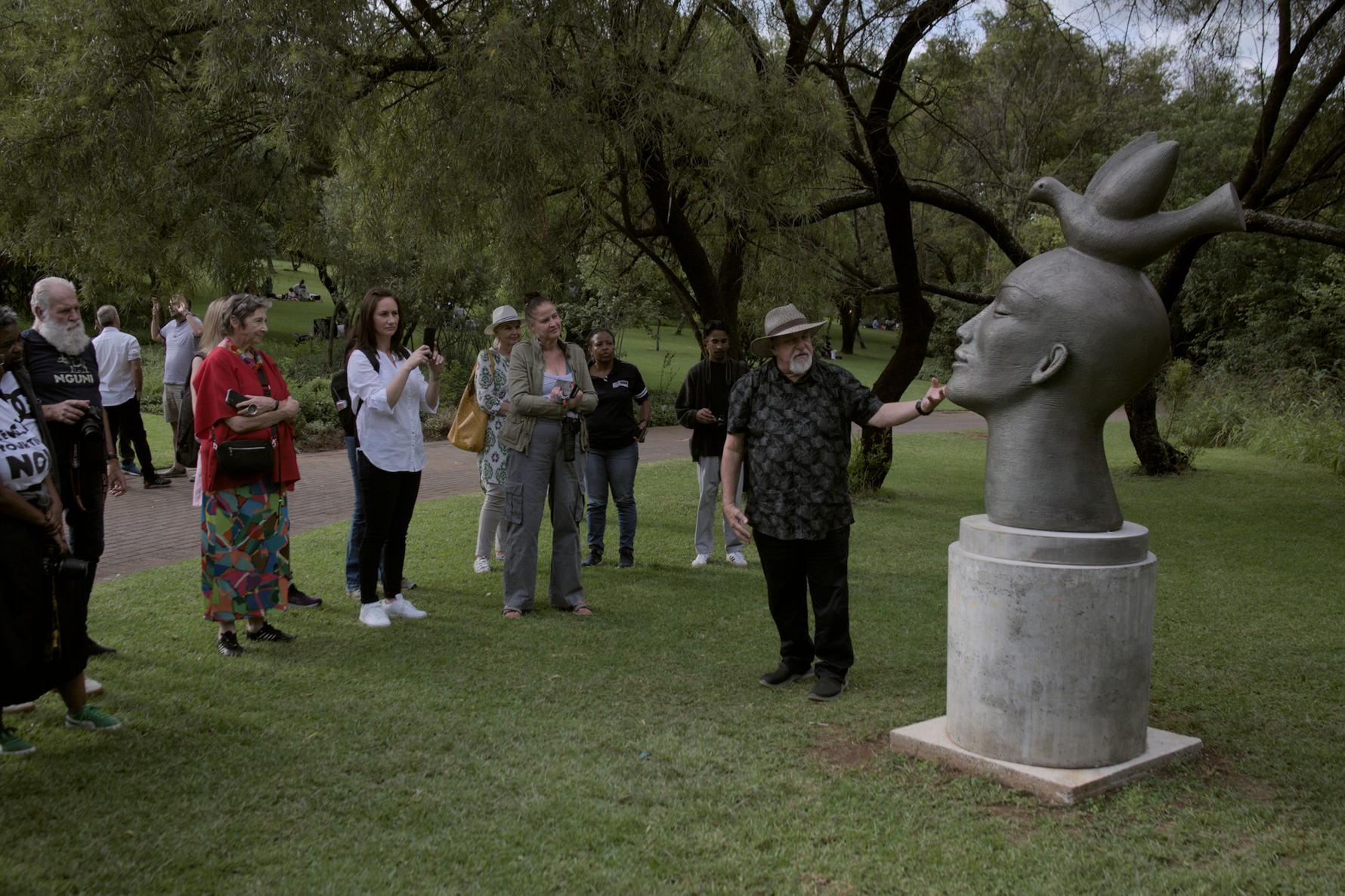

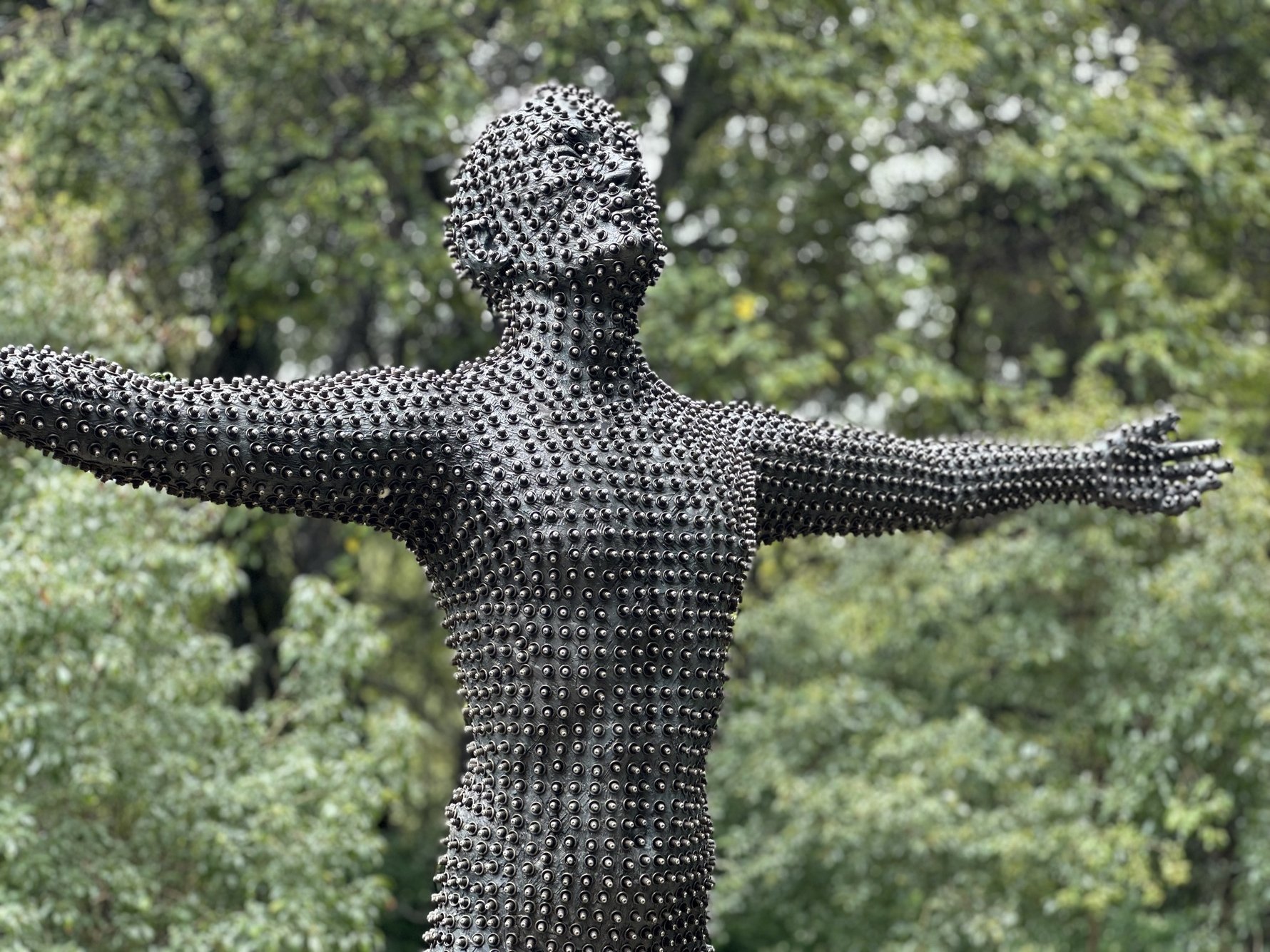
Smit used brass rivets and stainless steel screws for Toiya Ya Toiya. The rivets, which are added for visual effect, create a 'crazy' look, and as some rust over time, the artist finds beauty in the ageing process, comparing it to the appearance of an old shipwreck.
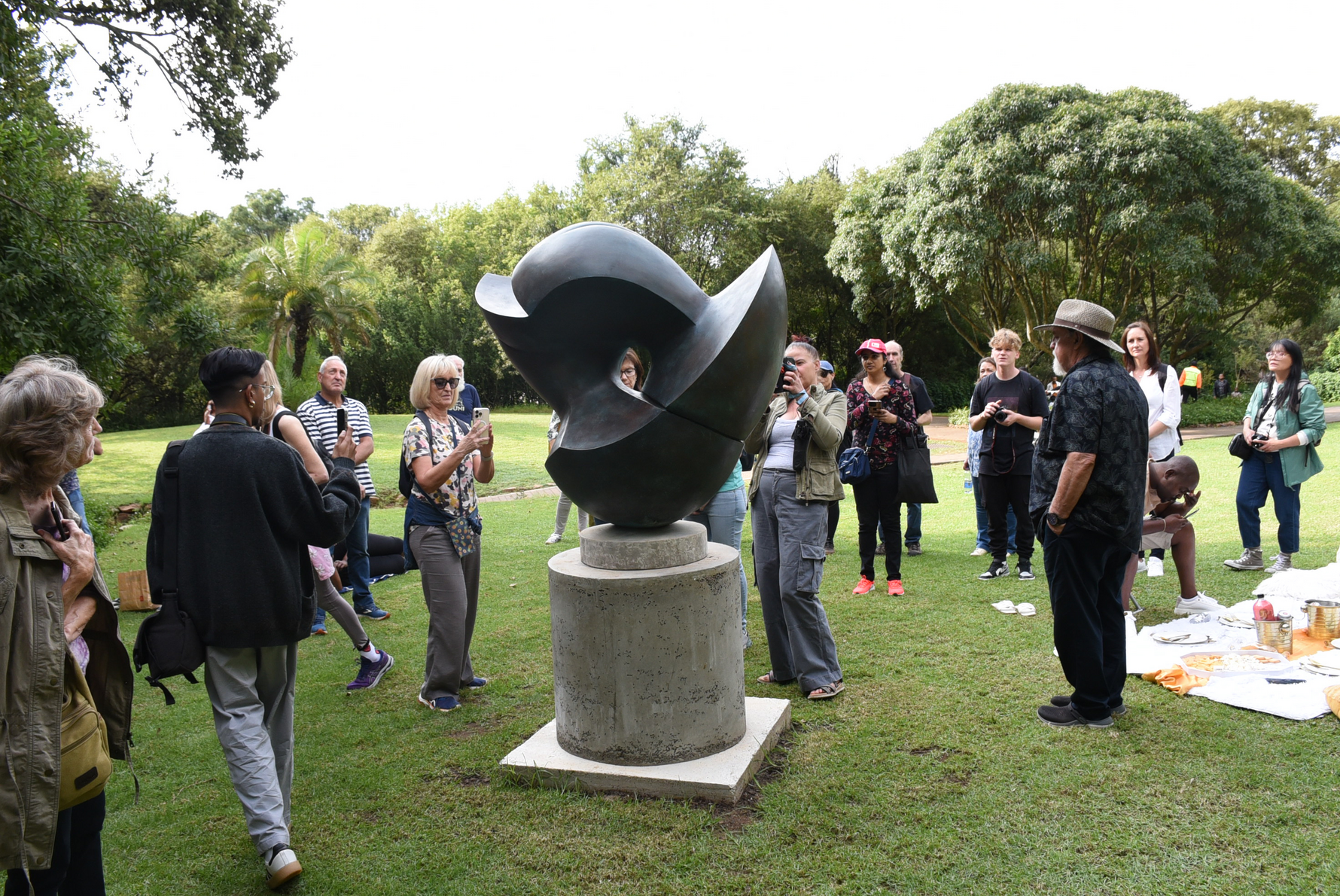
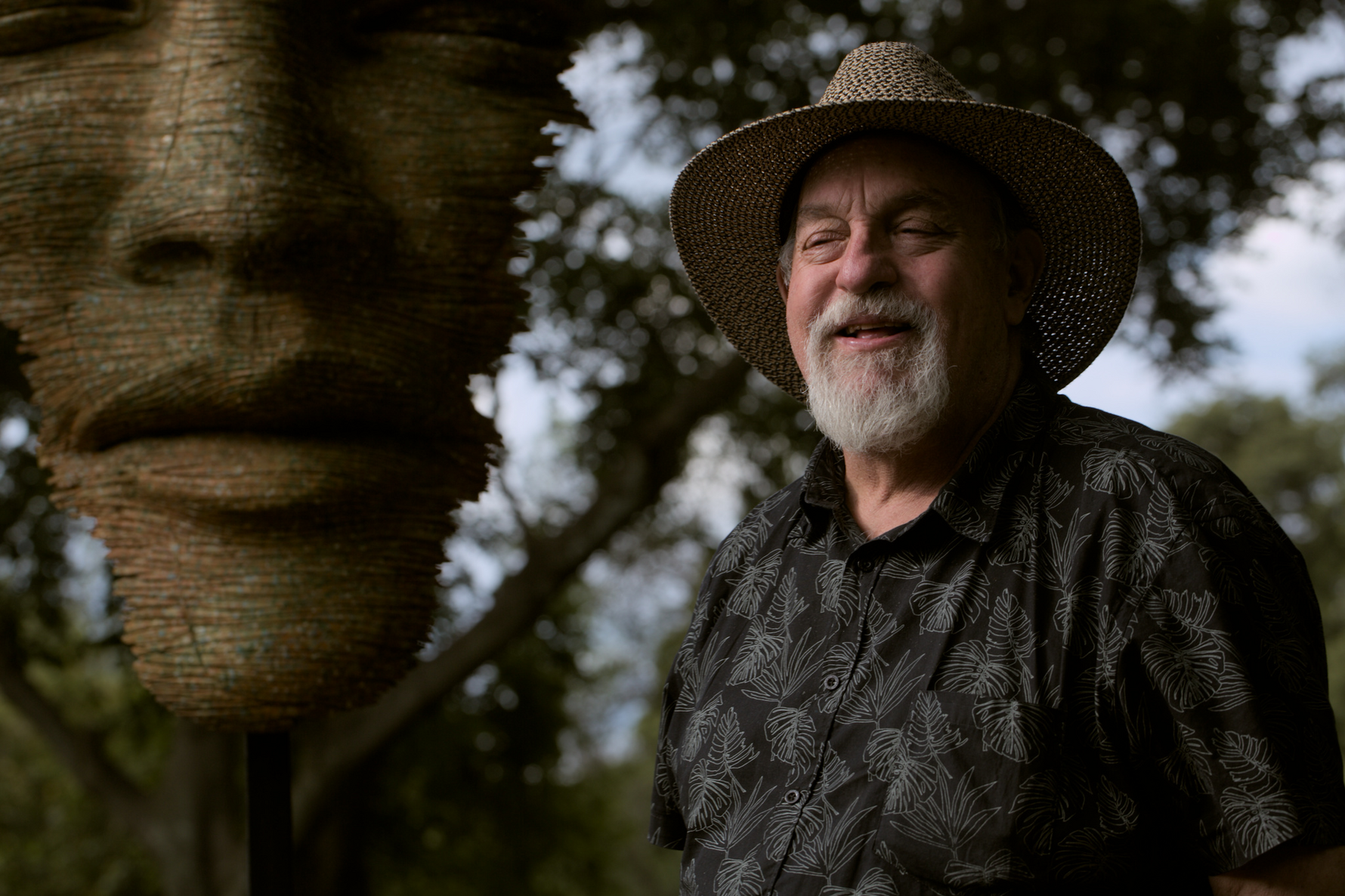

Vortex Hole is an abstract sculpture designed to create an intriguing shape, with pieces that can interlock to form a closed structure. Smit prefers it without those pieces, focusing on the vortex shape in the middle. Inspired by an exploration of form, the piece aims to be interesting from all angles.
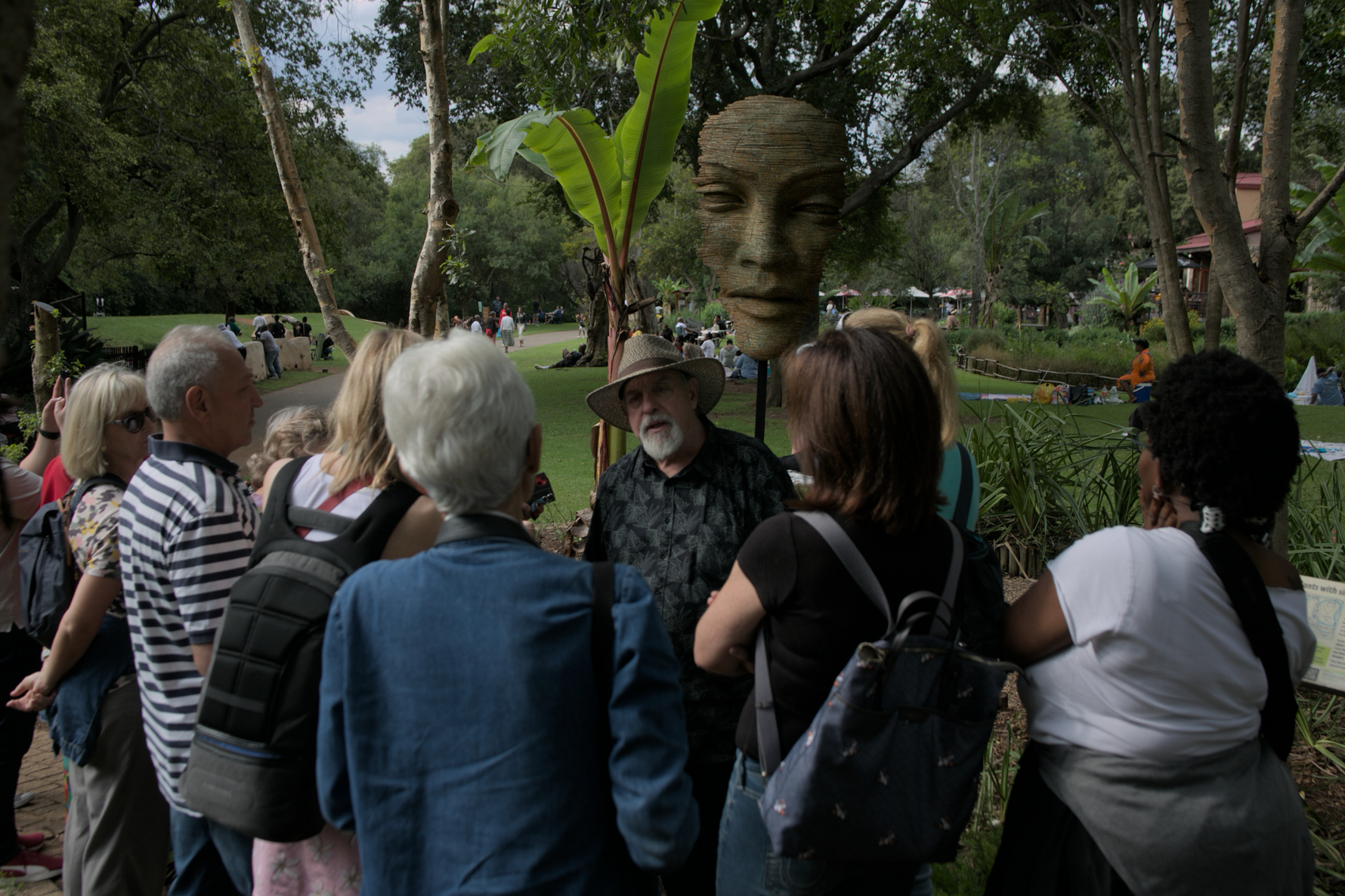
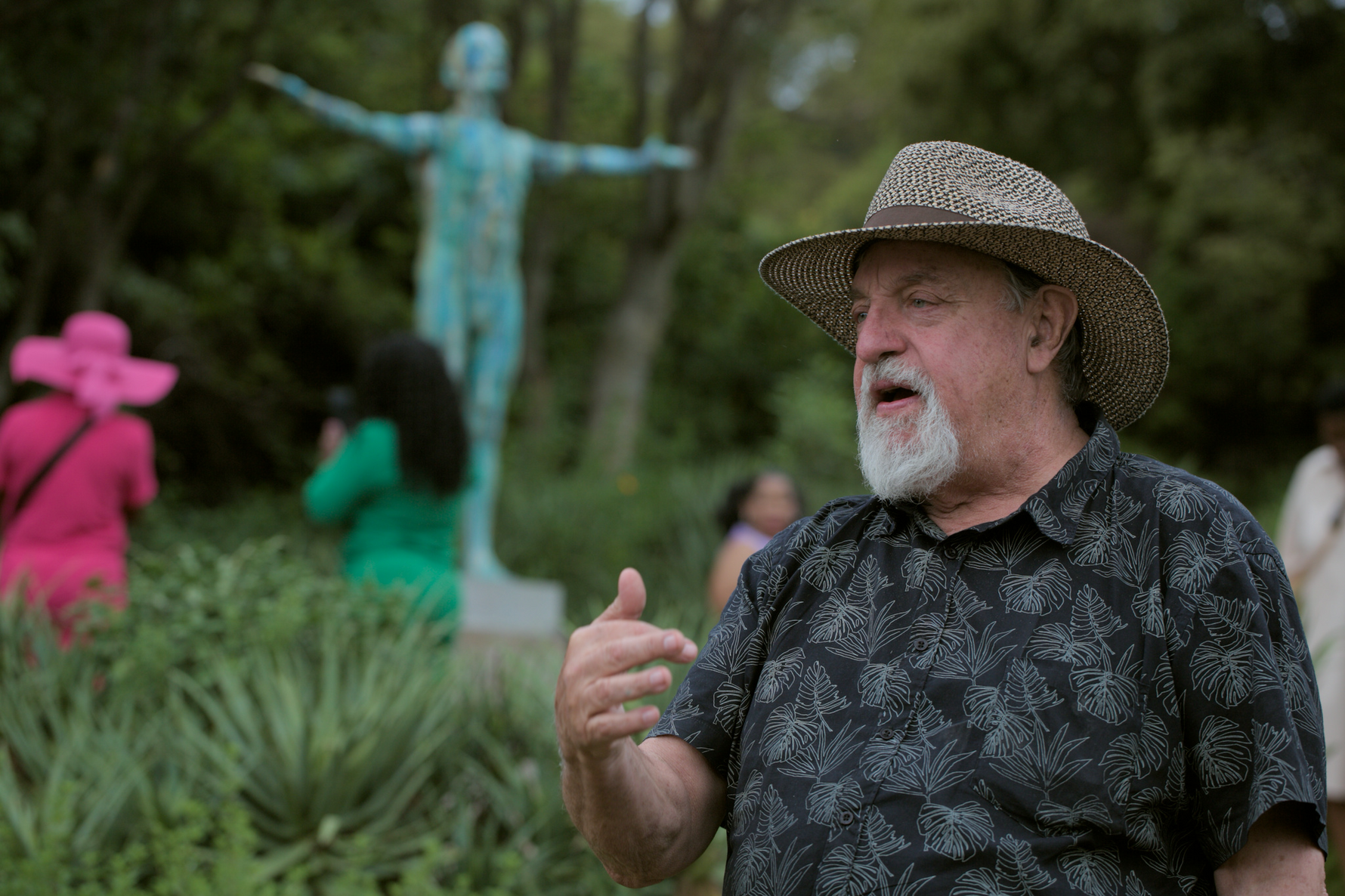
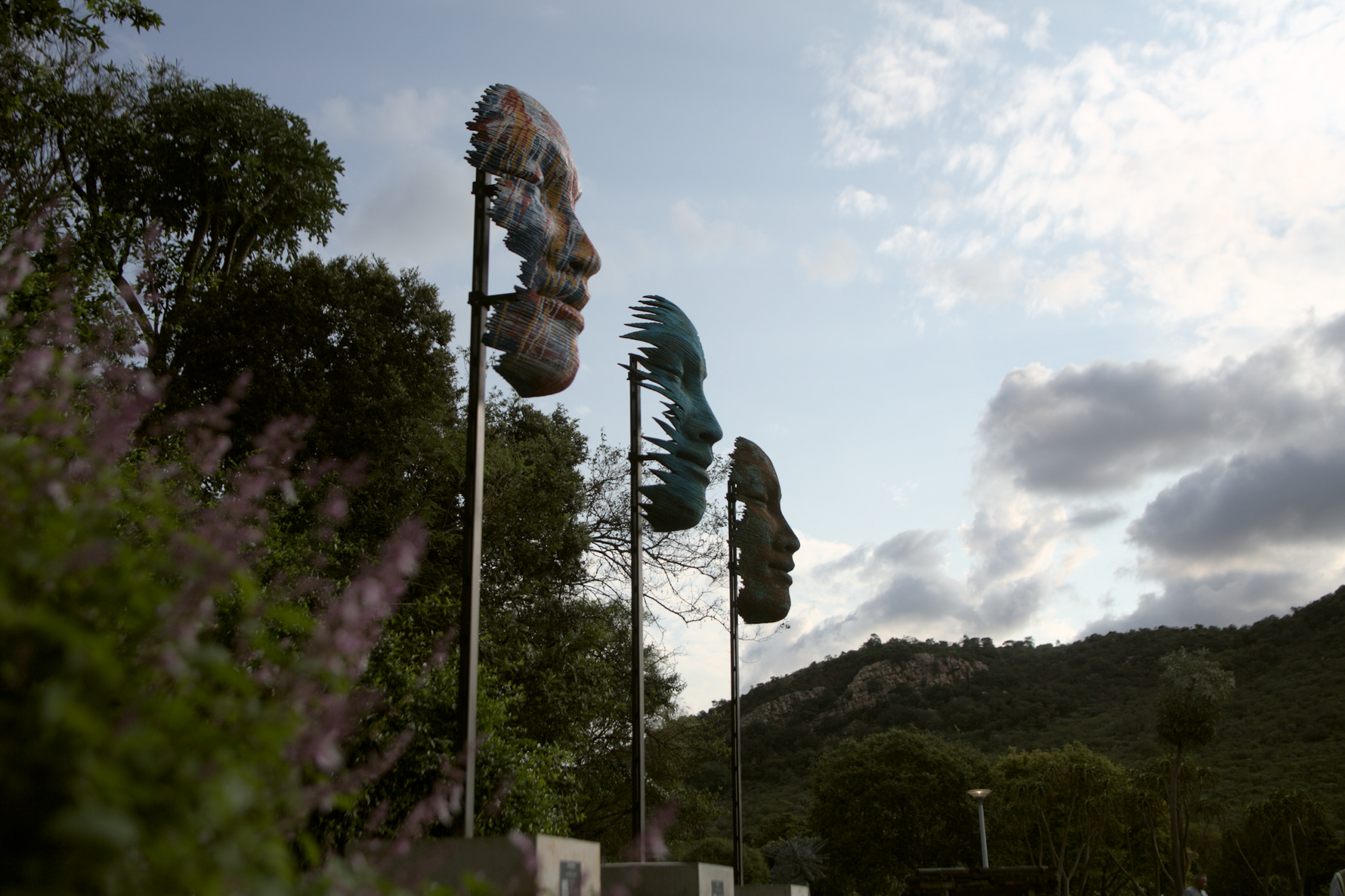
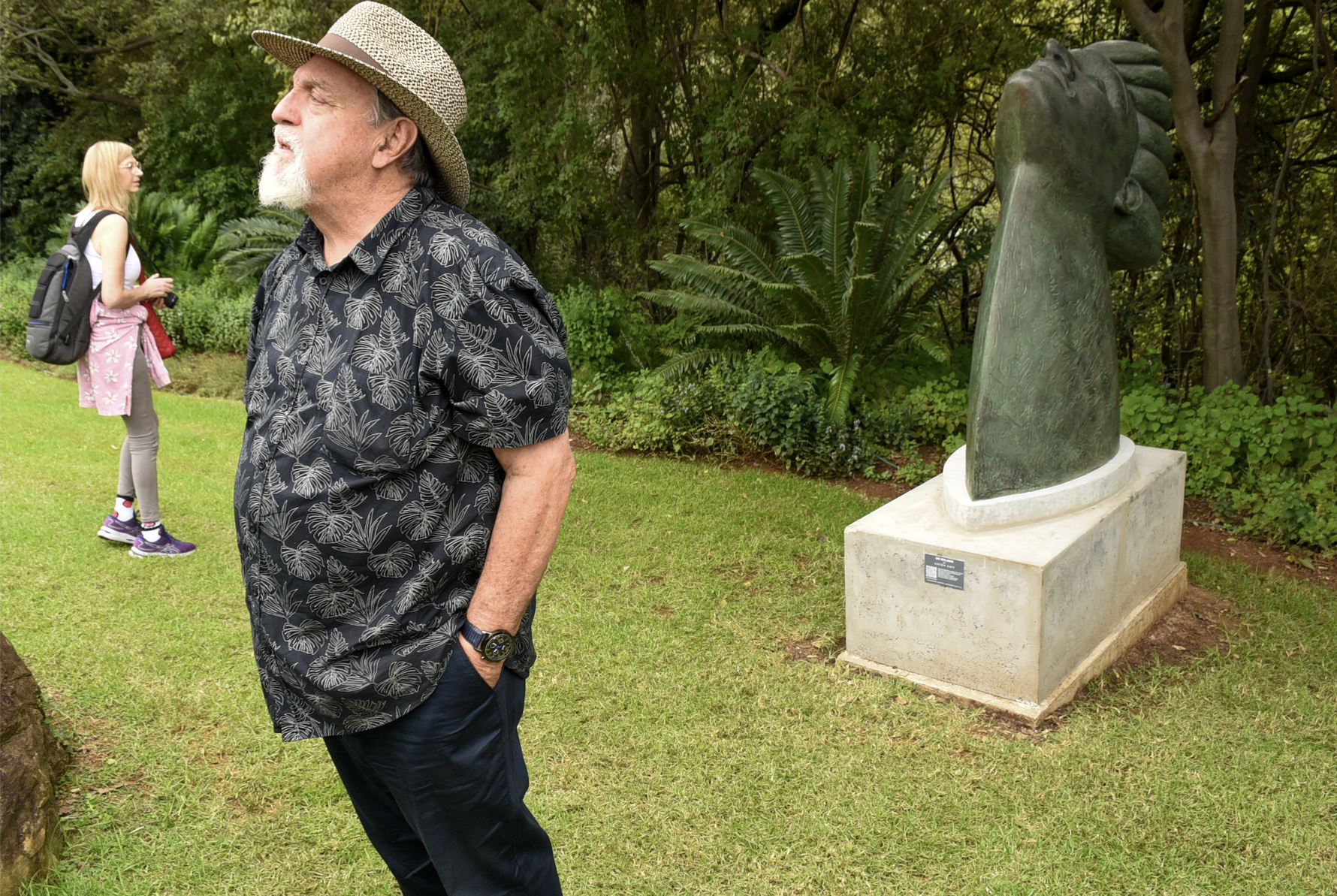
The artwork Die Verlange (The Longing) was inspired by Smit's deep grief and longing for a friend who passed away. The sharpness in the sculpture represents the pain the artist felt, symbolising the emotional ache in the throat when mourning. The figure's head is tilted upward, symbolising a connection with God and a universal feeling of longing. Smit aimed for the piece to resonate with others, evoking a shared sense of loss.
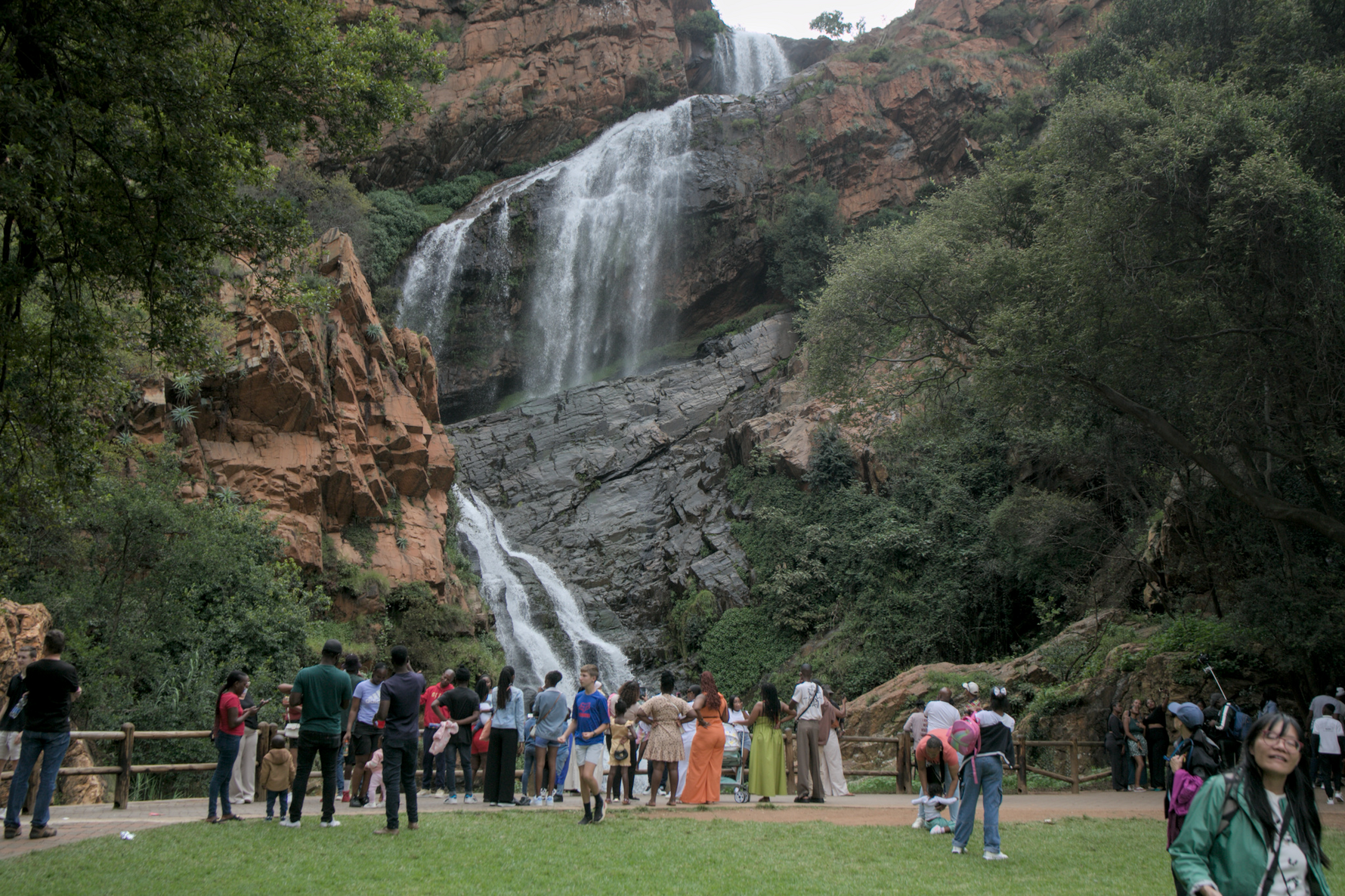
Falls. Photo: Mark Straw @joburgjaunts.
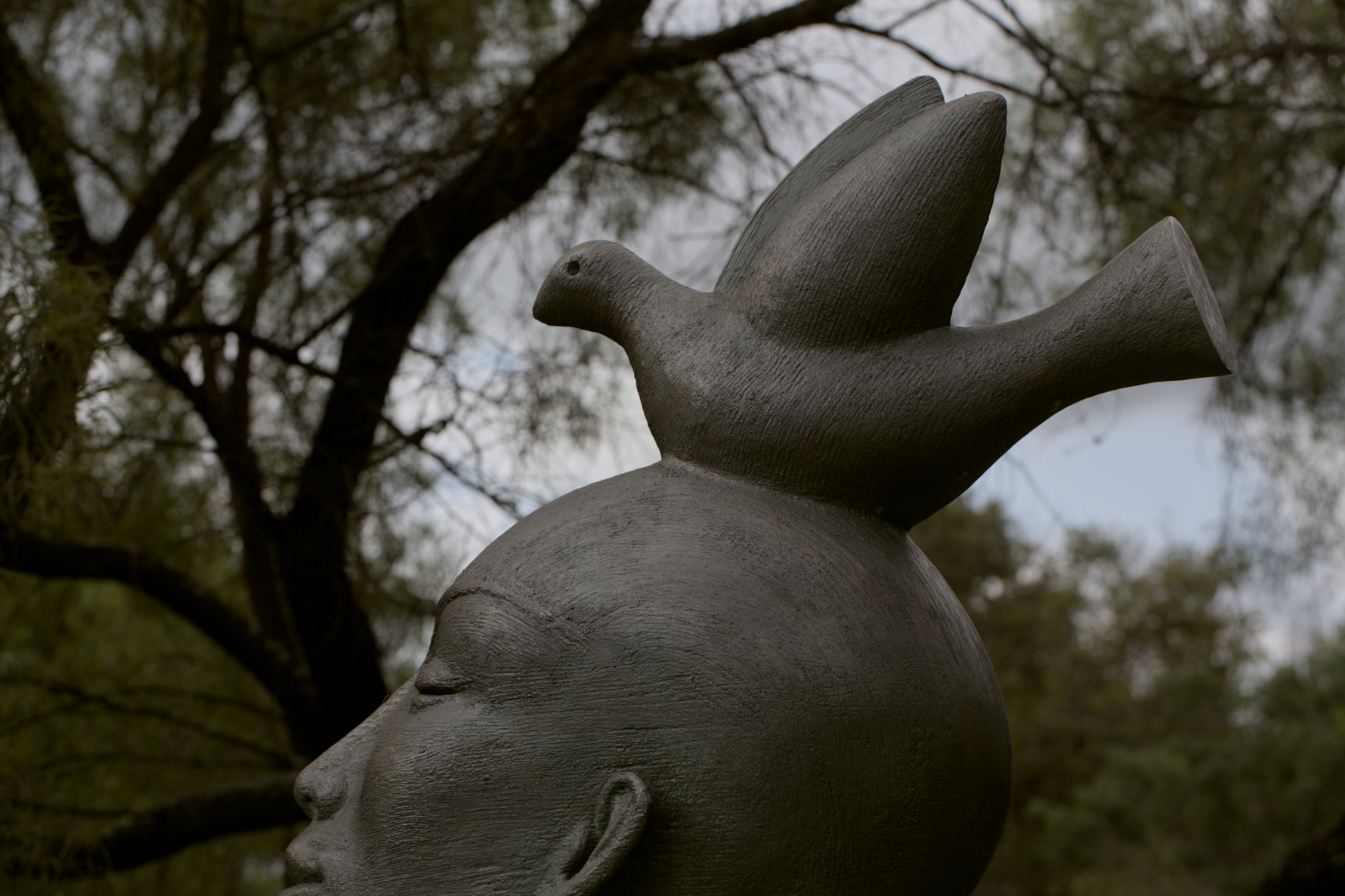
Voëlvry was inspired by personal experience, where a pigeon flew into Smit's hair, entangling itself. This led to a reflection on themes of spirituality, and the Holy Spirit in relation to the bird. The artist saw the bird as a symbol of freedom, and this inspired the creation of a large Jesus-like figure with the bird on his head to express that sense of liberation.
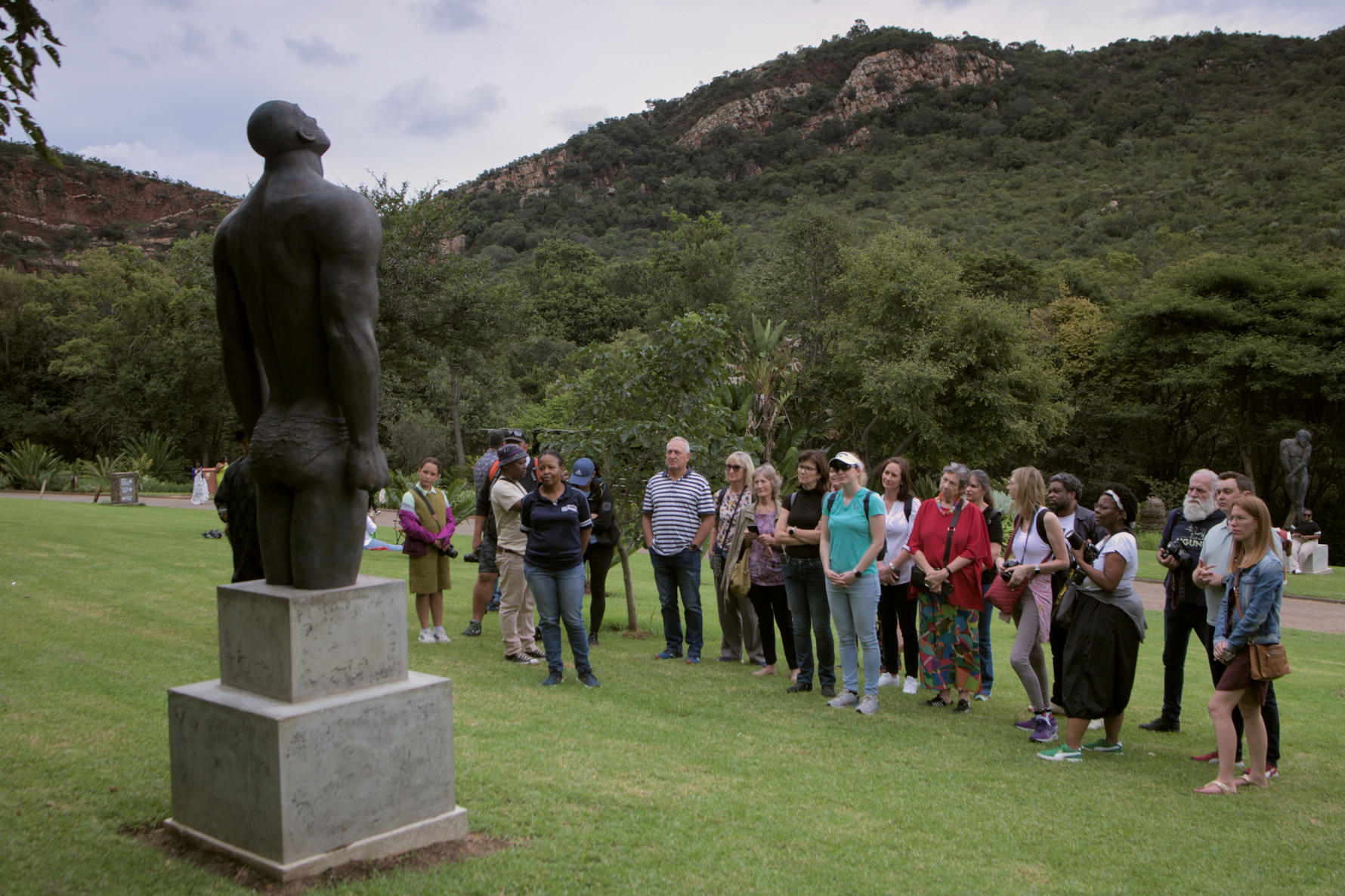
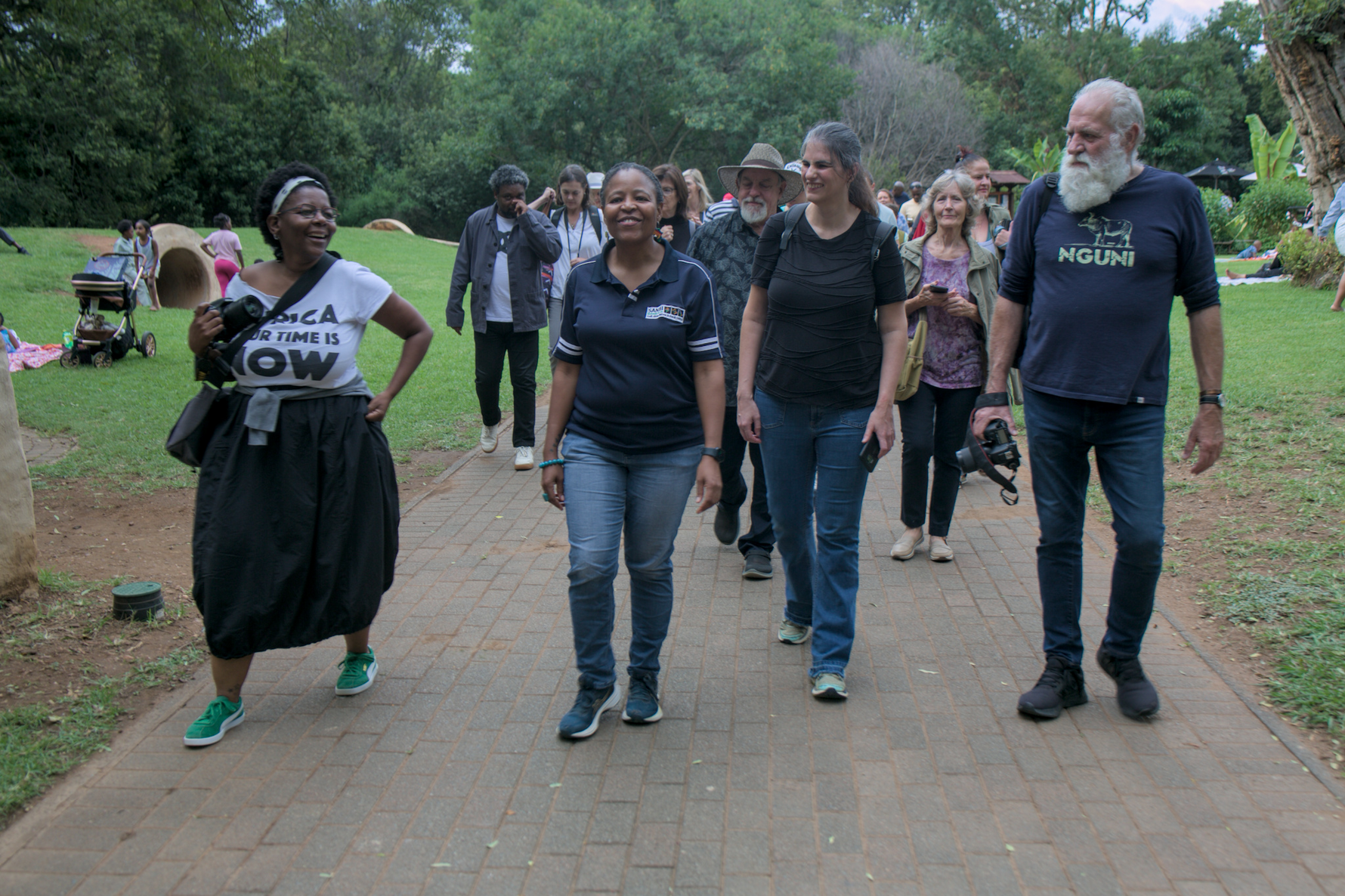
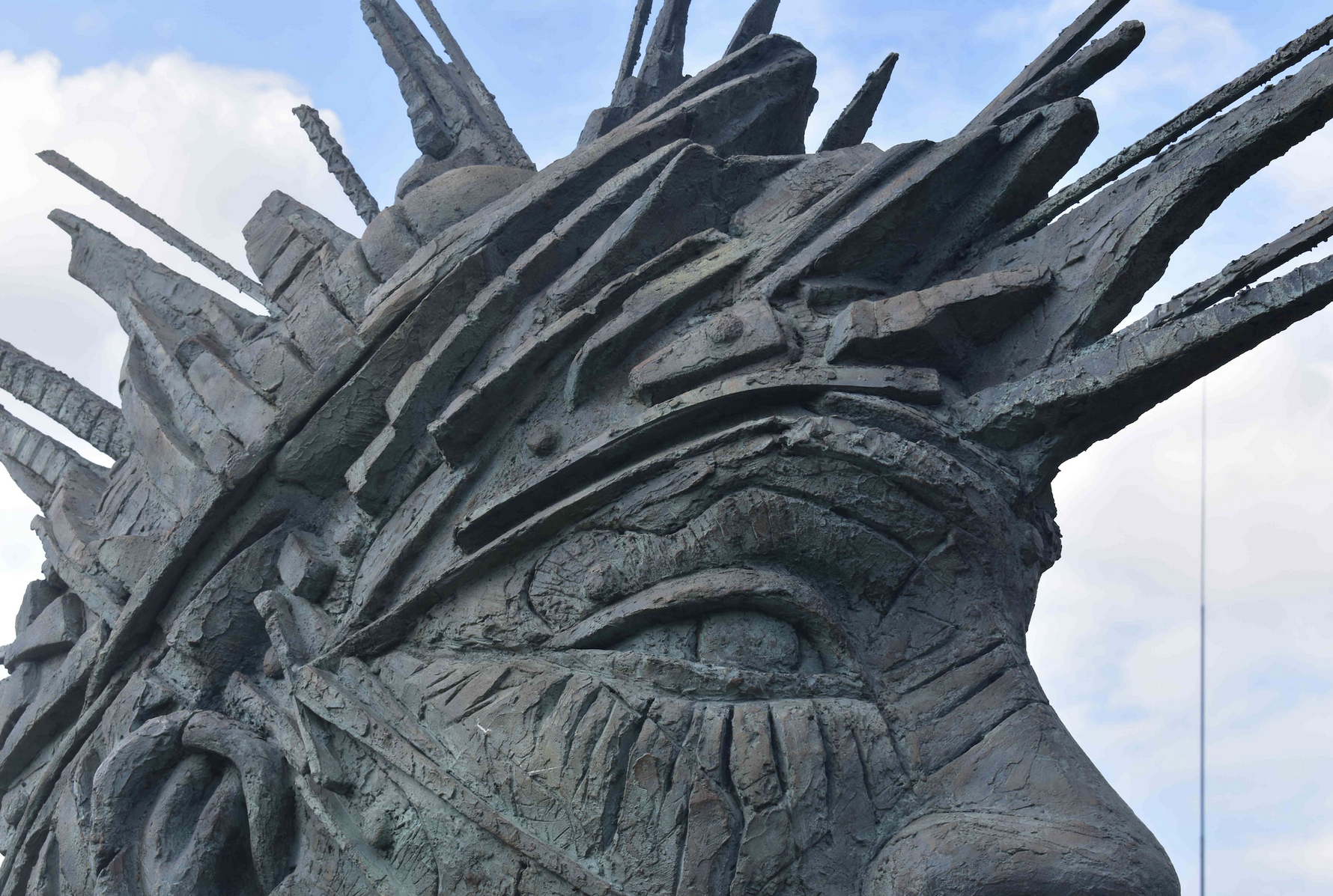
Near the entrance to Walter Sisulu, Kungwini Head was inspired by the Queen of Sheba and the Statue of Liberty. The artist reimagines the Queen of the South, with her headdress symbolising hope for the future. The headdress reflects hope for the nation, while the Khoisan figures add cultural decoration. Smit said: "We need hope. We need hope for the future. So this is the Queen of the South radiating hope in her headdress. Her headdress symbolises hope, hope for our nation, hope for our people."
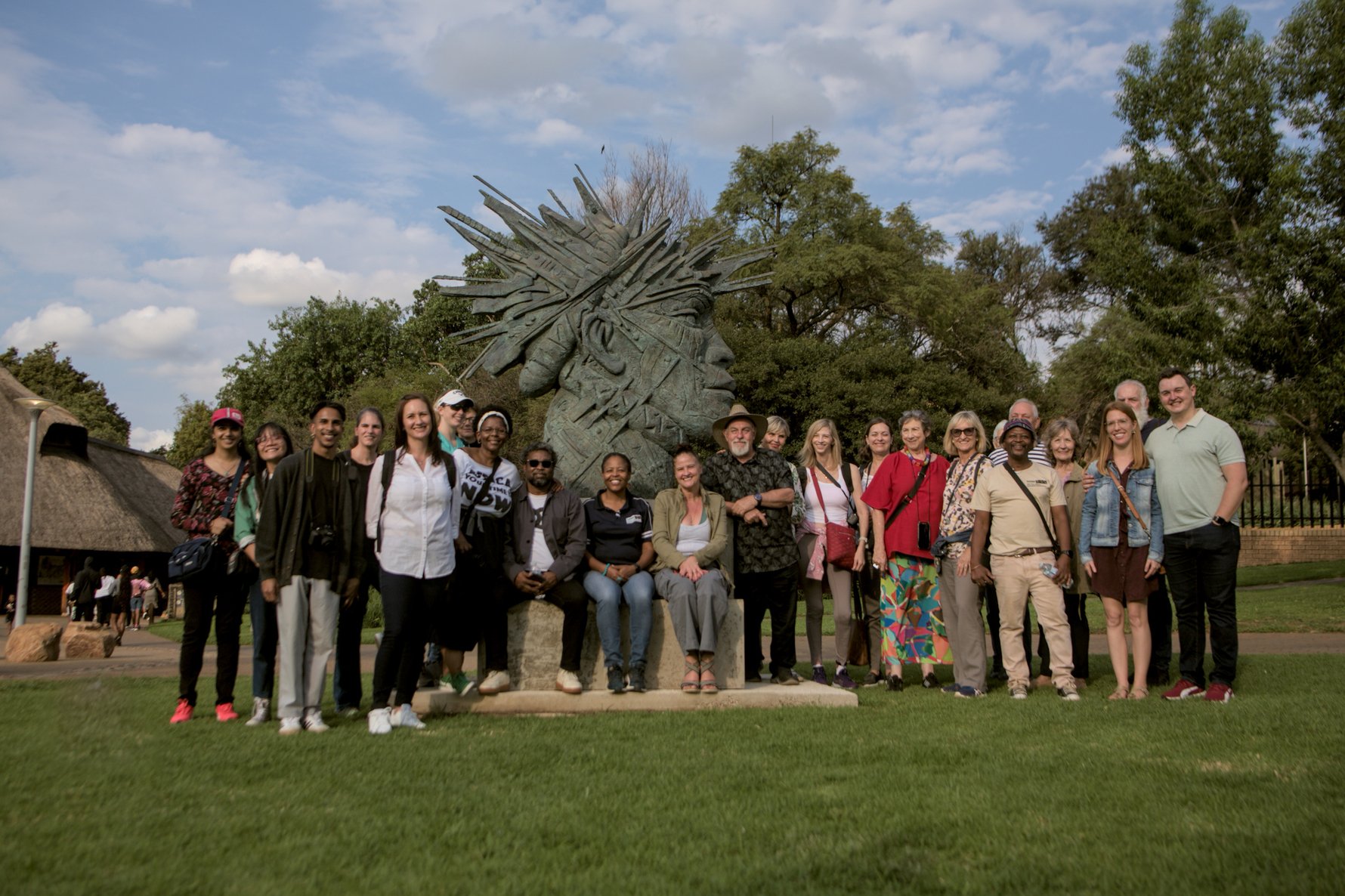


_m.jpg)
_m.jpg)
_m.jpg)


Comments